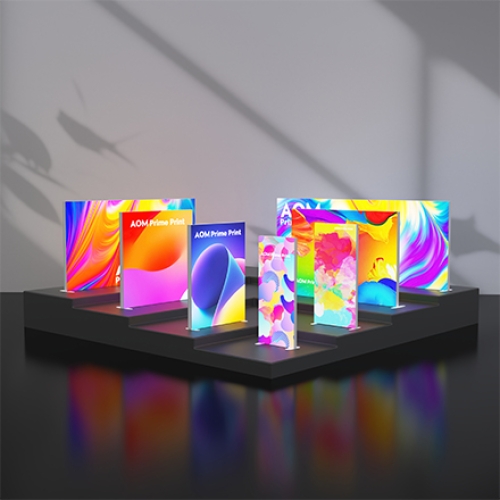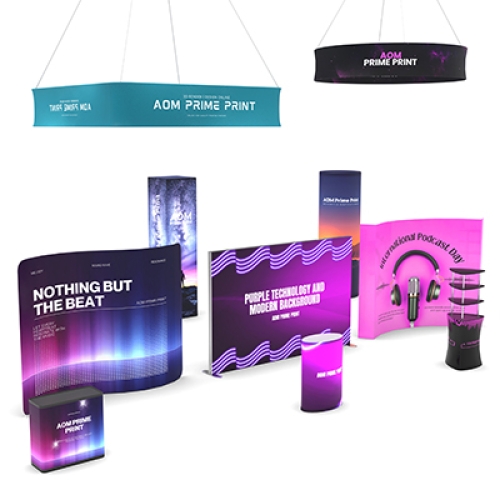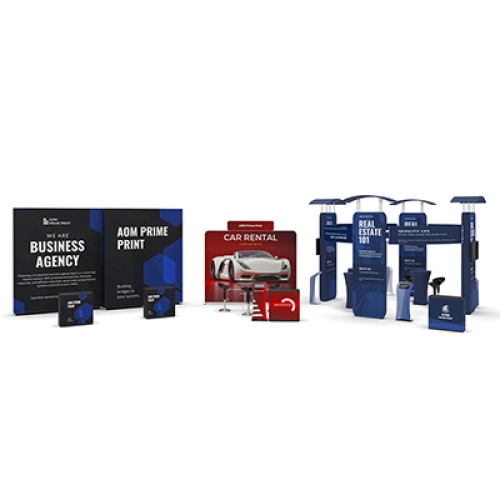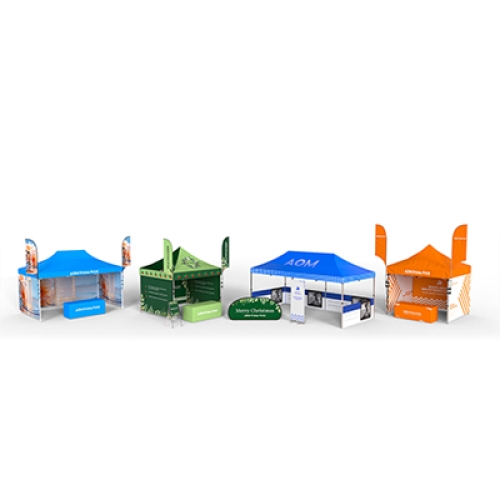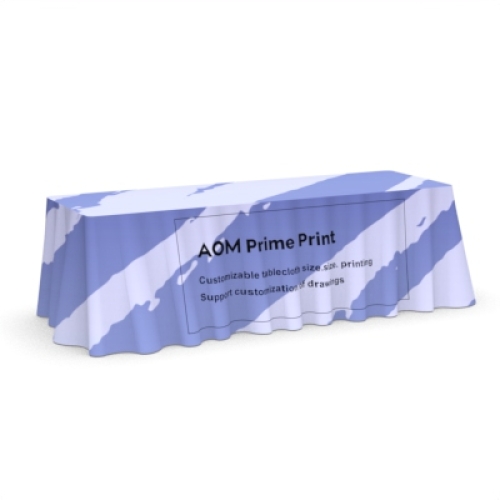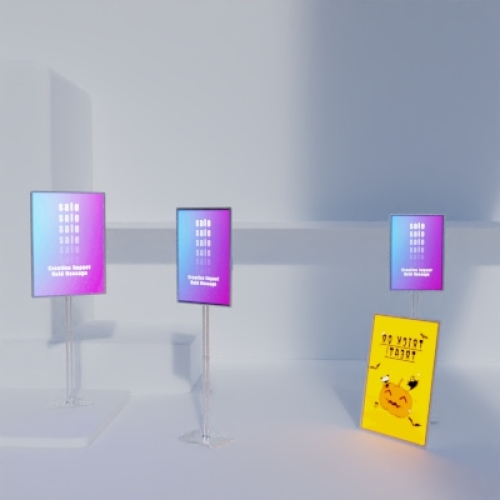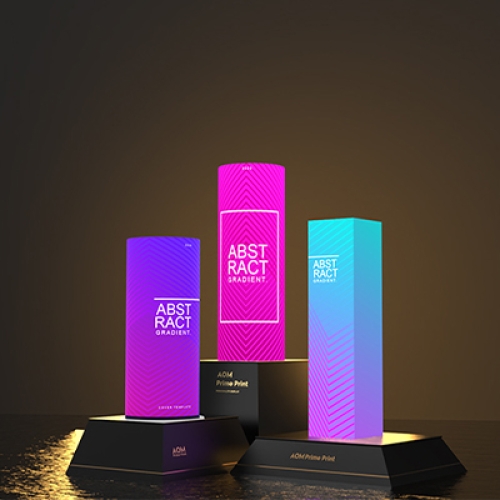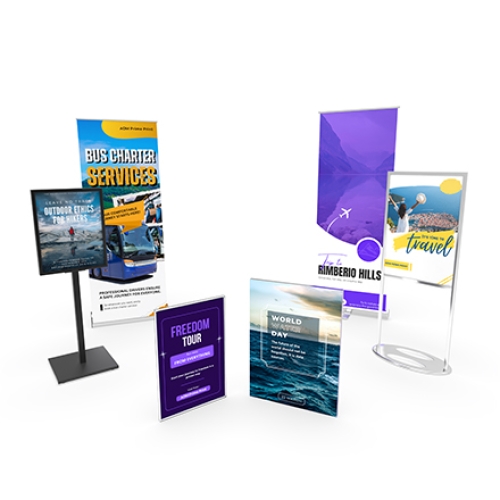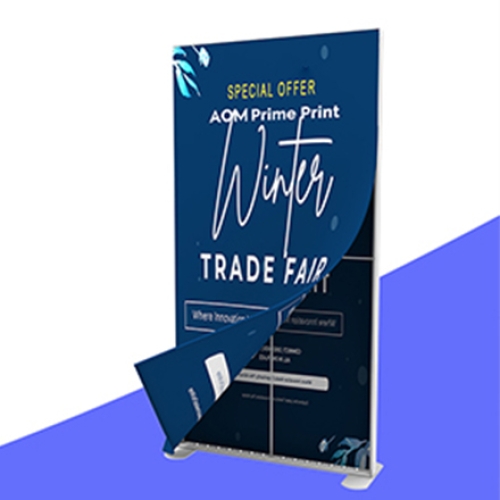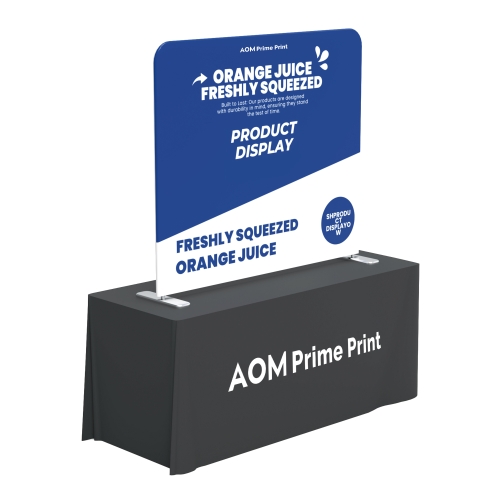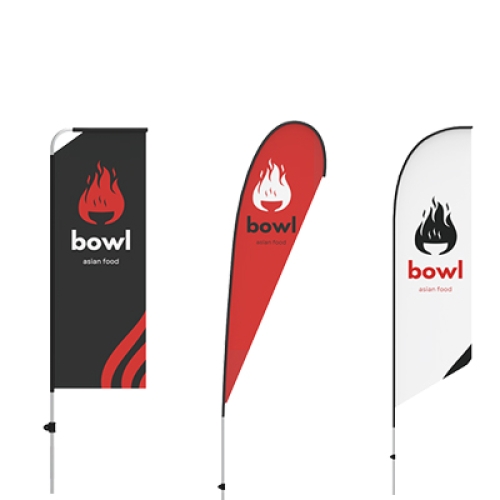Starting with the Attendee Journey: Creating an Unforgettable Booth Experience
January 5th 2025
As the size of trade shows grows, so do the challenges and opportunities for exhibiting businesses. Transitioning from a small booth to a large island exhibit offers more space for display and interaction, but it’s not just about the "size" of the booth—it's about how you design an attendee journey that captivates at every stage. In this article, we will explore how to design a compelling booth experience starting from the attendee's journey, ensuring every step is engaging and valuable, from the first impression to post-show follow-up.
1. Understand the Attendee Journey: From First Impressions to Post-Event Connection
Every attendee who enters your booth goes through a series of interactions and experiences, from the initial attraction to final conversion. Understanding each stage of this journey and designing every step to deliver value is key to success.
The attendee journey isn’t limited to the interactions within your booth; it also includes pre-event and post-event touchpoints. Ensure that each phase is carefully crafted to offer genuine value, and that the relationship continues even after the event, strengthening your connection with attendees.
2. Design the Entrance Experience: Breaking the Ice with a Strong First Impression
The entrance to your booth is the starting point of the attendee’s journey and their first impression of your brand. This space should immediately convey your brand’s message while attracting attendees to come inside.
To grab attendees' attention, create a visually striking entrance, perhaps with large LED screens or dynamic interactive walls showcasing your brand’s core values or latest products. Through eye-catching visuals, the entrance should not only draw attendees in but also spark their curiosity, encouraging them to explore your booth further.
3. Plan the Booth Flow: Creating a Seamless Interactive Experience
A successful booth design goes beyond aesthetics—it’s about guiding attendees naturally through the space and ensuring every step is purposeful. You need to design clear paths and interactive zones that cater to different attendee needs.
Organize your booth into distinct “experience zones,” each designed for a different audience or interaction. For example, set up a product demonstration area, an interactive engagement zone, and a meeting area for deeper discussions. This layout ensures attendees receive different forms of value as they move through the space. A smooth flow keeps them engaged and immersed in your brand’s story.
4. Interactive Design: Enhancing Attendee Engagement
To truly immerse attendees, interaction is key. Attendees want to do more than just observe—they want to engage with your brand, which deepens their connection and piques their interest, leading to further conversion.
Consider integrating technologies like virtual reality (VR), augmented reality (AR), or interactive touchscreens that allow attendees to explore your products and services in an engaging way. Additionally, gamification elements such as contests or prize draws can incentivize participation. These interactive elements not only enhance the attendee experience but also help create lasting memories of your brand.
5. Personalized Communication and Data Capture
In a larger exhibit space, attendees’ interests and needs may vary. By accurately analyzing your attendees, you can tailor their experience and communication accordingly.
Booth staff should be well-trained to provide personalized responses and insights based on each attendee's specific needs. Utilize digital tools to capture attendee information and interests—through QR codes, digital business cards, or other methods of data collection. This will not only streamline follow-up efforts but also provide valuable insights into attendee needs, improving conversion rates.
6. Post-Show Communication: Continuing the Attendee Journey
The attendee journey doesn’t end when the trade show concludes. Effective post-show communication is critical for nurturing leads and building lasting relationships.
Based on the interests and interactions attendees had during the show, customize your follow-up strategy. For instance, if an attendee showed interest in a particular product, send them related information or invite them for an in-depth online demo. Regular email updates, follow-up calls, and personalized content can continue the conversation and move leads further down the sales funnel.
7. Measuring Success: Evaluating the Effectiveness of the Attendee Journey
To assess the effectiveness of your attendee journey, you need to set clear metrics for success. Key performance indicators (KPIs) like booth traffic, interaction rates, and lead conversion rates can be used to measure success.
During the event, use a range of methods to collect data, such as electronic forms, on-site surveys, and tracking interaction with digital devices. This data not only helps optimize the booth experience in real time but also provides valuable feedback for future shows.
Conclusion
Designing an unforgettable booth experience from the perspective of the attendee journey requires creativity, attention to detail, and a deep understanding of your audience. By carefully planning each phase of the journey—from the first impression at the booth entrance to post-show follow-up—you can enhance engagement, strengthen your brand presence, and ultimately drive conversions. A trade show booth isn’t just a space to showcase products; it’s a powerful platform to connect with attendees, tell your brand story, and create lasting business opportunities.
